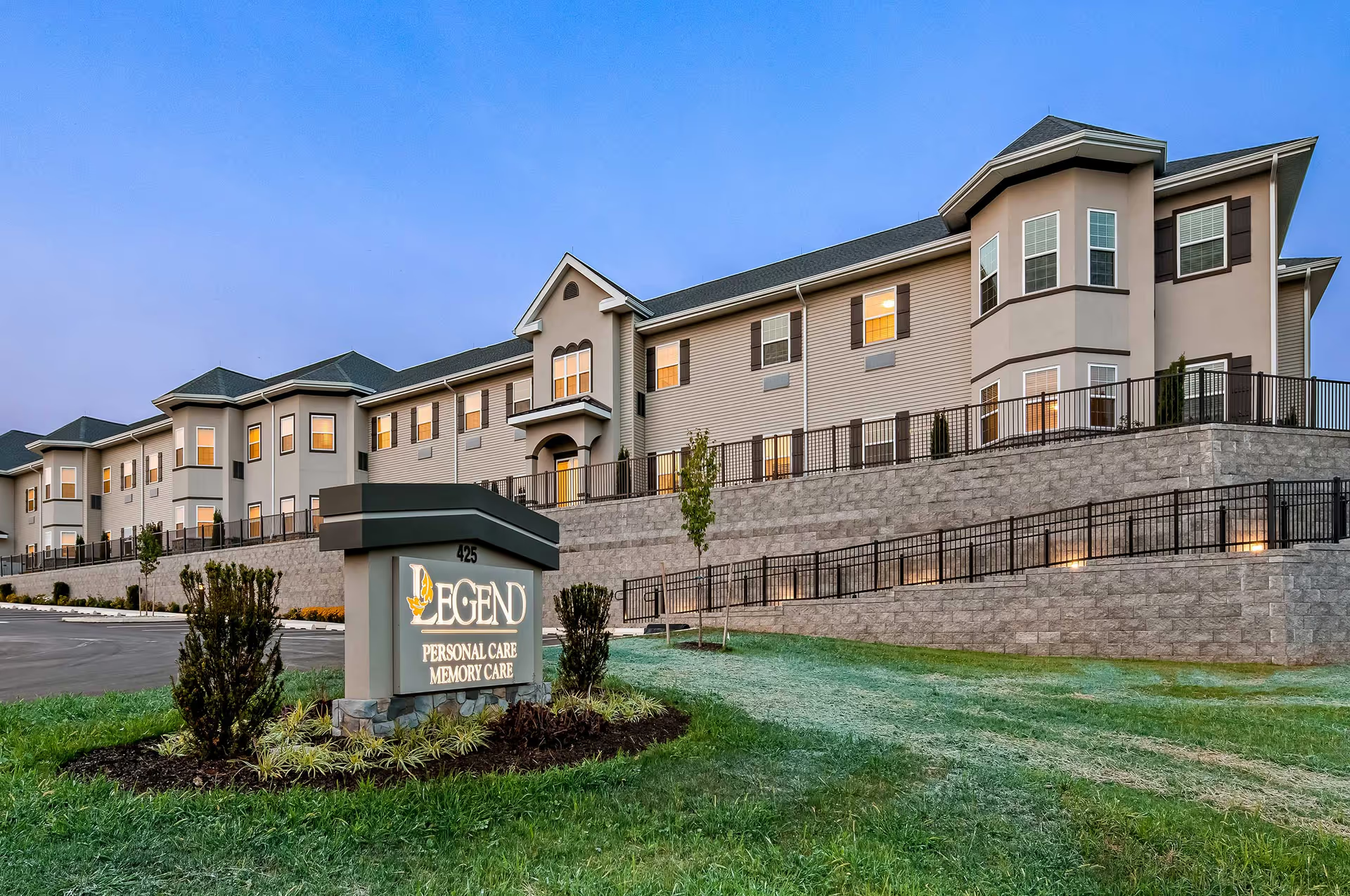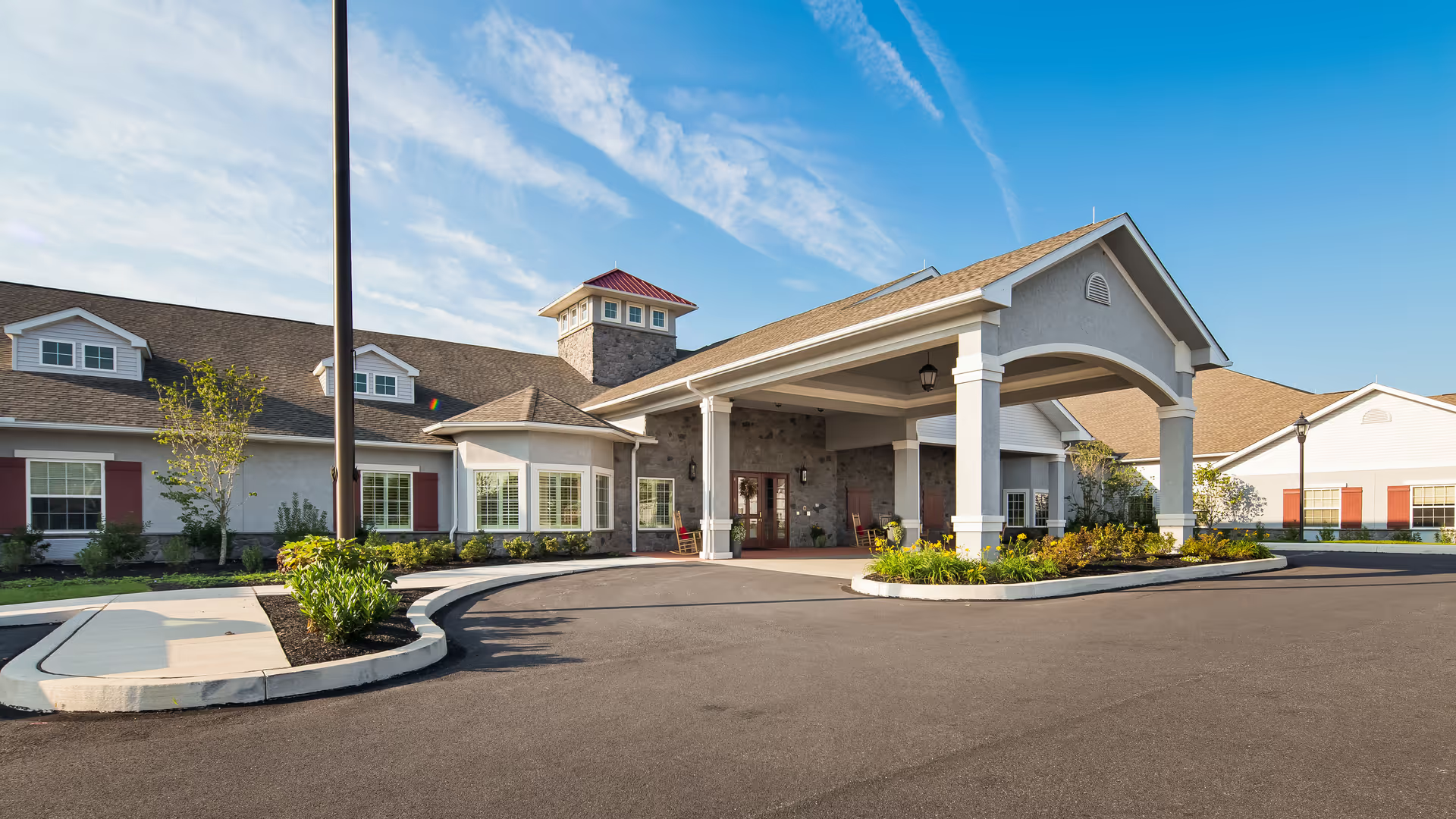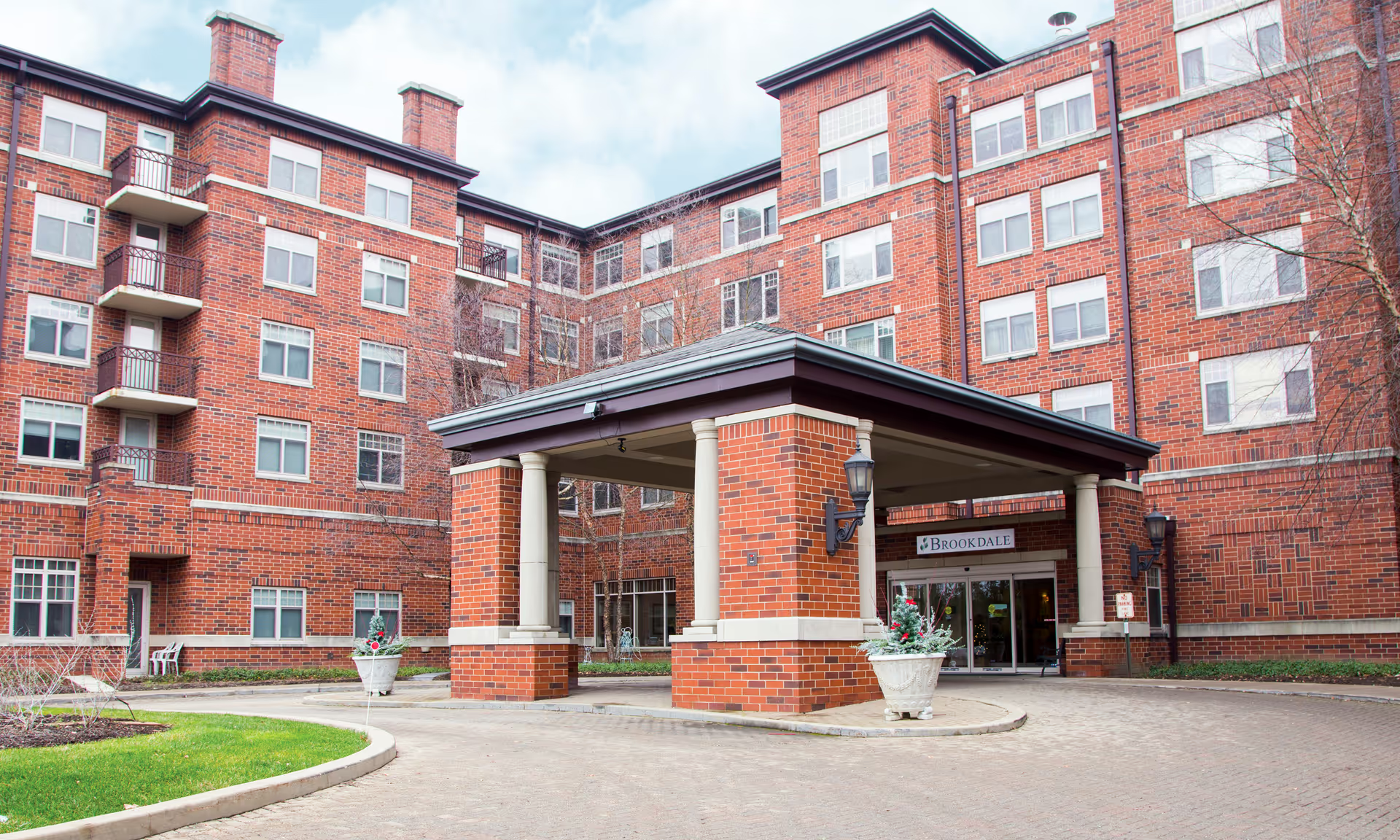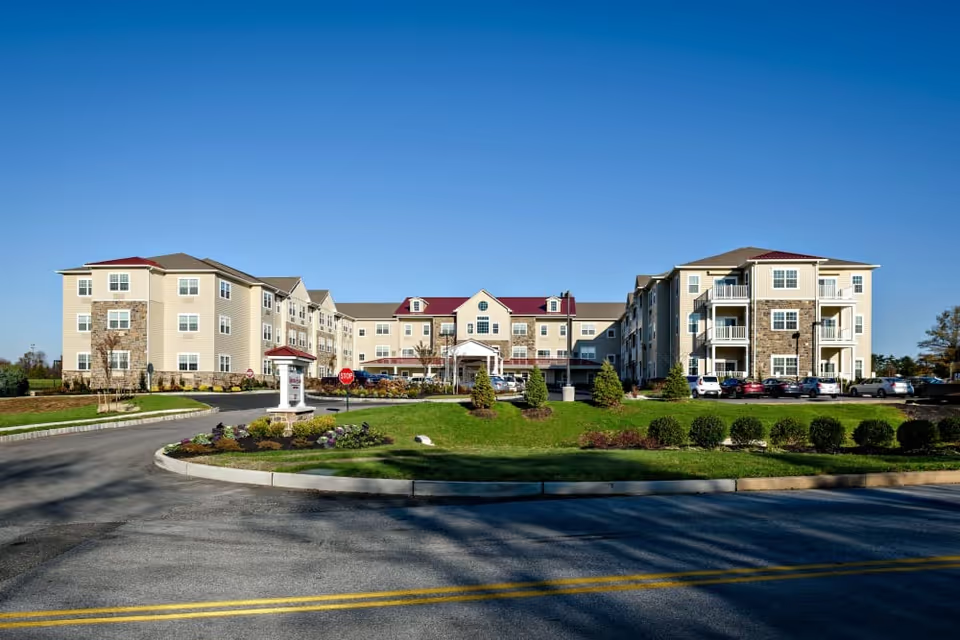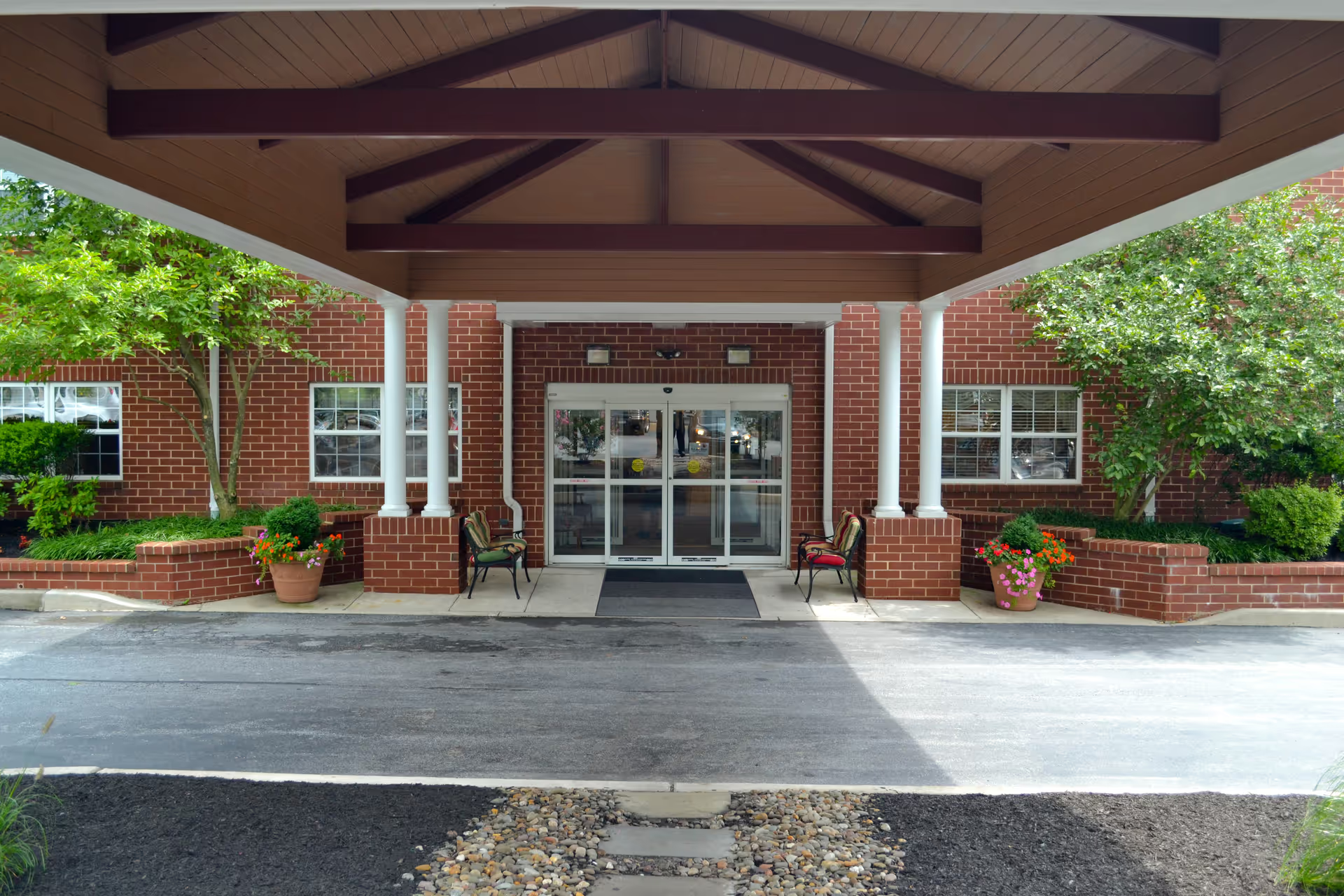Overall sentiment in the reviews is mixed but leans toward serious concern due to multiple reports of safety, staffing, and communication problems alongside numerous positive comments about individual staff and the physical facility. Positive comments consistently describe a clean, well-maintained older building with good accommodations, a family-oriented atmosphere, and many staff who are friendly, helpful, informative, kind, and patient. Several reviewers specifically praised the transition to memory care, said the facility provided necessary services, and called the food acceptable and the overall value good.
However, the negative comments raise significant and sometimes urgent issues. Multiple reviewers reported safety hazards such as missing or nonfunctional pull cords in bathrooms and bedrooms and an unsafe floor with a hole that constituted a fall hazard. There are also reports of supply shortages (food and toilet paper) and at least one report of mysterious facial injuries to a resident without an adequate explanation. These kinds of safety and transparency concerns are particularly notable because they affect resident well-being directly and repeatedly appear in the complaints.
Staffing and care quality are described as inconsistent. While many reviewers praise individual CNAs and other staff as very helpful and caring, other reviewers report caregivers ignoring or yelling at residents, being dismissive medically (specifically a nurse practitioner), and treating residents disrespectfully. There are allegations of unprofessional behavior by CNAs or techs entering rooms to ask for cigarettes or food for themselves, and a claimed HIPAA violation was mentioned. Reviewers also reported rude phone staff and a director who does not return calls, which compounds concerns about poor communication and responsiveness from management.
Several reviews emphasize systemic issues: high staff turnover, a perception that workers care primarily about pay, and a need for better training for nursing assistants and medical technicians. These patterns help explain the variability between positive and negative accounts — good experiences appear linked to certain staff members or shifts, while bad experiences point to broader training, supervision, and management problems. Restrictive visitation policies (only two visitors allowed) were flagged as problematic by at least one reviewer, which can impact family involvement and oversight.
Taken together, the reviews describe a facility with a solid physical environment and many exemplary employees but with recurring operational failures that create real risks. The most pressing themes are safety (missing/nonworking pull cords, flooring hazards), inconsistent care quality (from attentive to neglectful or disrespectful), supply and operational lapses (running out of essentials), poor communication and responsiveness from management, and training gaps for frontline clinical staff. These issues result in an overall impression that quality is uneven and may depend heavily on which staff members are on duty.
For someone evaluating Oliver House, the mixed feedback suggests it may be important to verify current conditions directly: confirm that safety systems (call/pull cords) are functional, ask management about staffing stability and training programs, and seek specific examples of how the facility addresses incidents and communicates with families. The presence of many positive staff-related comments and a clean, well-kept building are strengths, but the recurring and serious negative reports — especially those affecting safety and transparency — are significant and should be resolved to provide consistently reliable care.


